Six out of the seven wounded
By Simon Miller, Library Technician, State Library of Queensland | 16 September 2014
'Six out of the seven wounded' is the caption on a photograph published in The Queenslander on June 19th 1915. The photograph shows seven young men, all members of the Brisbane Excelsior Band, who joined up together and who were among the first troops to embark for the war on the 27th of September 1914, and the first troops to land at Gallipoli. Two of them never returned.
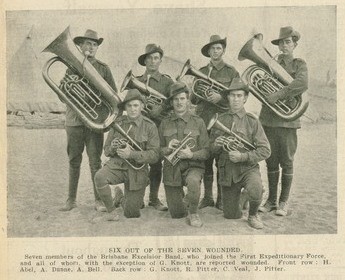
The Brisbane Excelsior band was formed in 1912 as a result of the Tramways strike which lead to the Tramways Band being dissolved. Some of the Tramways bandsmen together with some former members of the Gympie band then living in Brisbane decided to form a new band which they hoped to bring to A Grade standard. The band's history Brisbane Excelsior Brass Band 1912-1995 lists the founder members of the band and four of the seven who enlisted are among them. Those four originals were Ray Pitter, Alan 'Bluey' Dunn, Andy Bell and George Knott, the other three being Ray's brother Jack Pitter, Curtis Veal and Harry Abell. The Brisbane Excelsior Band is still going strong and is one of the top A-Grade brass bands in the country.
I have been able to discover something about these seven young volunteers from the digitised service records available through the Discovering Anzacs website of the National Archives of Australia.
George Knott is standing at the left holding a B-flat bass. Born in Brisbane, George was 20 years old when he enlisted and was described as a grocer. He seems to have had a relatively uneventful war, managing to avoid getting wounded or promoted. He served in Gallipoli and in France with only a few bouts of illness taking him away from the action. He returned to Australia on the 3rd December 1918.
Next to George is Ray Pitter with his euphonium. In January of 1914 Ray had performed a euphonium solo 'Eclipse' with the Excelsior band in the Brisbane Botanical Gardens. He was the older of the two Pitter brothers who enlisted together. Another younger brother, Leslie enlisted in 1918 and the boys father William Rhodes Pitter, also a founding member of the band, enlisted in 1917 but was discharged due to asthma during training. Ray was 22 when he signed up and was listed as an iron worker. He was twice wounded at Gallipoli, receiving a head wound on the first day of the landings and after rejoining his unit on the first of June he was wounded in the neck on the 7th of July. He rejoined the fighting on the 13th of August but was hospitalised with an illness on the 27th of September. He spent several months in hospital with influenza and enteric fever. After his illness he spent some time through 1916 posted to Regimental Command in England where he was temporarily promoted to Acting Corporal. In 1917 he rejoined the Battalion in France and reverted to the rank of Private. He returned to Australia on the 8th of October 1918. Ray married Vera Simpson in 1939
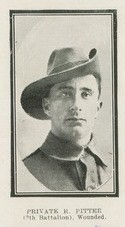
On the far Right is Ray's brother Jack with an E-flat bass. Jacks proper given name was Clarence and his records include correspondence from 1935 showing that he wished his records to be changed to his correct name. Jack may have also lied about his age as birth records indicate that he was just 19 when he joined up. His enlistment form claims he is 23 years and 6 months but when he re-enlisted in 1917 he claims to be 23 then as well. Jack was seriously wounded at Gallipoli and subsequently medically discharged. He re-enlisted in 1917 but was discharged as medically unfit before he saw further active service. A letter from Jack to his father written while he was being treated for his injuries at Malta was published in the Brisbane Courier on 29th June 1915. In this letter Jack tells of his own wounding and also describes his impressions of the Gallipoli landing.
"RAINED LEAD INSTEAD OF WATER."
Private J. Pitter of the 9th Battalion, who was wounded during the landing operations on Gallipoli Peninsula, writes to his father (Mr. W. Pitter, Baines-street, Kangaroo Point) under date Malta, April 6 :--
"I sent you a cablegram yesterday notifying you of my wound. As I stated in the message, it is not serious, but it gives one a bit of gip. A couple of hours after we had landed and were right in the thick of it there was a wounded man near me. I was just finished dressing another man's wound when I saw this one drop. I went over to him to see what was the matter with him, found out where he was shot, got out his first field dressing, and had just got the bandage ready for putting on when I felt something hit me from the back. I thought it was a ton of lead or a big shell that had struck me instead of a bullet. It got me just above the left armpit, and finished down near the kidneys. If it had had sense enough to come out again it would have relieved me of a good deal of pain. Now I have told you about my wound I will try and describe the fight up to the time I was put out of action. On April 24 A and B Company, with two stretcher squads, were transferred from the ---- to the ----. We started for the Dardanelles about 11 a.m., and arrived there about 2 a.m. on Sunday. Just before disembarking we had a basin of cocoa, and after that a basin of soup. We started to disembark about 3 a.m. into the small boats of the gun-boat. There were about eight pinnaces and eight lines of boats about 50 yards apart all parallel. At about half-past 4 we were 300 or 400 yards from the shore and when the pinnace had drawn us as far as possible they were called back, and the soldiers had to row the last 50 yards. Just as we started to row the heavens started to rain lead instead of water, but owing to the breaking of day and the deceiving light very few of us in the first batch of boats were hit. As soon as the bows of the boat crunched on the land, the lads started to spring out. They threw their packs off, fixed bayonets, and charged. Some crawling, others running, made their way to the bottom of the hill, which afforded some little shelter to them, and lay down in lines and awaited the arrival of a few more of the others. Then all charged up the hill.
On the Turks retreating, we formed up in some sort of order, and kept at them, but we had only advanced a couple of miles when they counter-attacked, for their reinforcements were coming up in thousands. All this time, however, more and more of our troops were landing under shrapnel fire from the forts on our right. Meanwhile the war-ships were booming away at these forts, but it took a bit to silence them, for they had their batteries well concealed. Three aeroplanes were high up overhead watching the effects of the warships' shooting, giving them directions as to range, place, &c. The forts were pretty well silenced by half-past 1, but opened up at intervals all the afternoon. They were properly silenced next day. The warships also had an observation balloon straight above them out at sea. Just before dusk we were driven back to our first hills by sheer force of numbers and artillery, for our artillery had not landed that night, though a few of the smaller mountain batteries landed about 6 o'clock. Before we came back on our first line of hills the others had dug trenches for us, so we retired into them. We were attacked time and again that night, but without avail. The engineers did some very smart work in rigging in no time a jetty for the boats to land troops and supplies. Those of us who were wounded before Monday morning were taken in lighters across to the hospital ships and troopships fitted up for taking the wounded. Our boats went to Alexandria and took off a few hundred of what were considered to be the most serious cases, and then brought the rest of us here to Malta ."
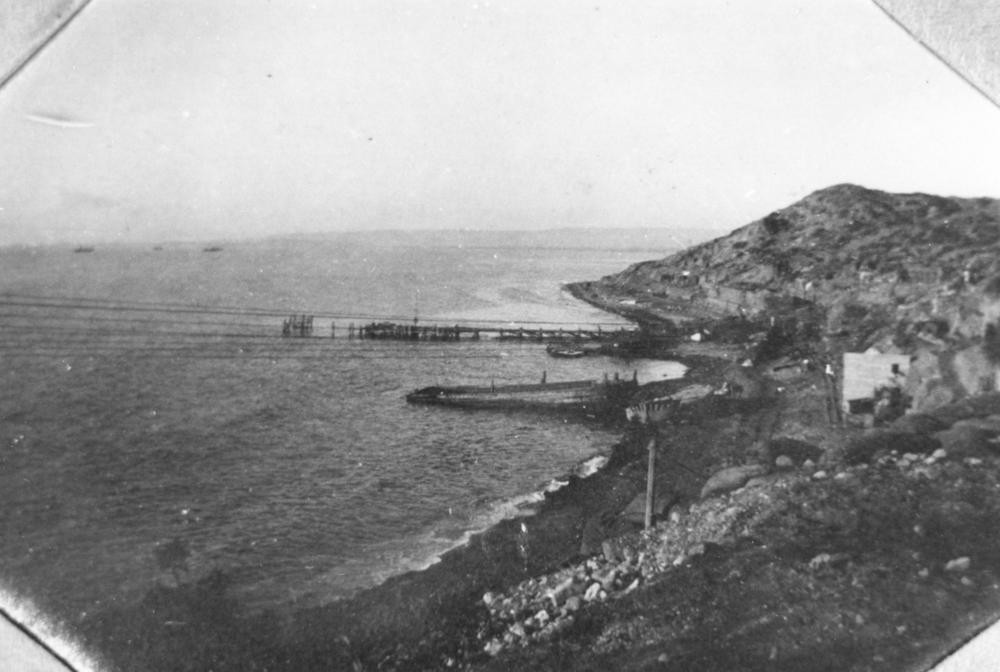
Between the Pitter brothers stands Curtis Veal holding a baritone horn. Curtis was a 22 year old plumber from Gympie. He received serious shrapnel wounds to both legs on the 7th of May 1915 at Gallipoli and after treatment he was returned to Australia and medically discharged. He married Hilda Waller in 1918.
Kneeling in the centre front is Alan 'Bluey' Dunn with his cornet. 21 years old, with grey eyes and auburn hair, he worked as a sawyer. Records indicate that he was not wounded at Gallipoli but became seriously ill with gastroenteritis and was evacuated on 29th July 1915. He was hospitalised in Alexandria and sent to England, being admitted to hospital in Cardiff on the 5th of October. He seems to have spent some time attached to headquarters in England and was not sent to join his regiment in France until August 1916. He was promoted to Lance-Corporal in October 1917 and to Corporal on 26 February 1918 and returned to Australia in October 1918.
In the front row on the right is Andy Bell with his tenor horn. 20 years old, Andy was in the last year of a five year apprenticeship as a collar-maker. He was 5 feet 8½ inches tall and had grey eyes and black hair. Andy Bell was killed in action at Gaba Tepe, Gallipoli on the 8th of May 1915. The history of the Excelsior Band quotes from the minutes of a meeting of the band committee on 29 August 1915. Mr. Davis moved that the tenor horn held by Paling and Company on account of Andy Bell be purchased outright by the Band and suitably inscribed for "their brave young comrade". He further moved that a cheque equal to the deposit paid by Andy be dispatched to Mrs. Bell "as soon as finances would allow". Andy is buried in the beach cemetery at the southern point of Anzac Cove.
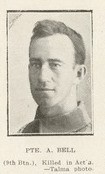
Another tenor horn player, Harry Abell is to the left in the front row. Harry was also 20 years old when he enlisted and worked as a railway porter. He was 5 feet 5 inches tall and had blue eyes and dark hair. Harry also landed at Gallipoli but was evacuated, ill with dysentry. He was sick until November and did not return to Gallipoli. He rejoined his battalion in Egypt and took ship for France. He arrived in Marseilles on 3 April 1916. Harry was wounded on the 20th April 1916 and died the next day. He is buried in Merville Cemetery, France.

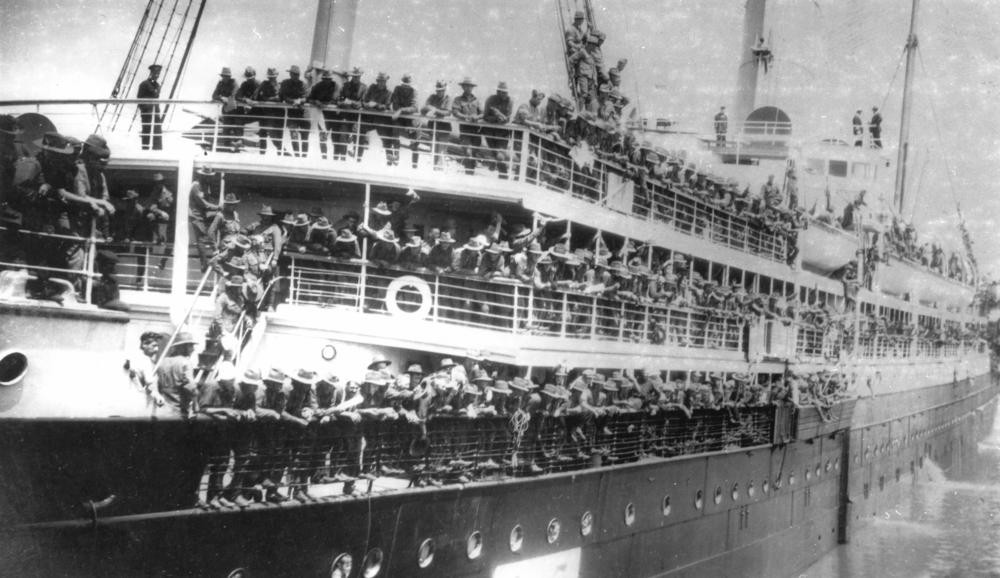
Queensland Government are commemorating 100 years since the departure of the Australian Imperial Force (AIF) in the First World War with an educative encampment and exhibition at South Bank, outside the Courier-Mail Piazza as thousands of Queenslanders gather for Brisbane Festival’s Riverfire on Saturday 27th September.
Learn about the role Queensland played in the AIF and see what life for a soldier was like during the First World War, with actors dressed in 1914 uniforms and period dress who will re-enact life and events in 1914 Queensland including recruitment, training and embarkation of the AIF.
In addition to the exhibition at South Bank, a spectacular commemorative ride of up to 100 horses from the Australian Light Horse Association will be staged through the streets of Brisbane. Gather along Adelaide Street (between George and Creek Streets) at 5 pm to honour the memory of the Light Horsemen in the First World War. Details are on the Anzac Centenary Queensland events page.
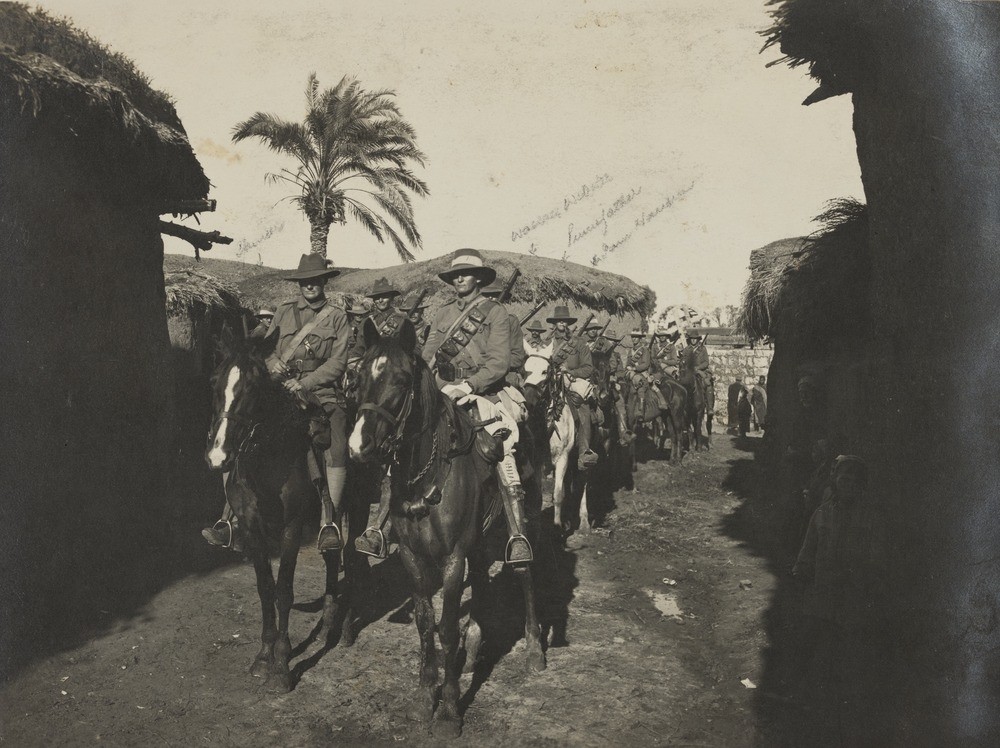
Comments
Your email address will not be published.
We welcome relevant, respectful comments.